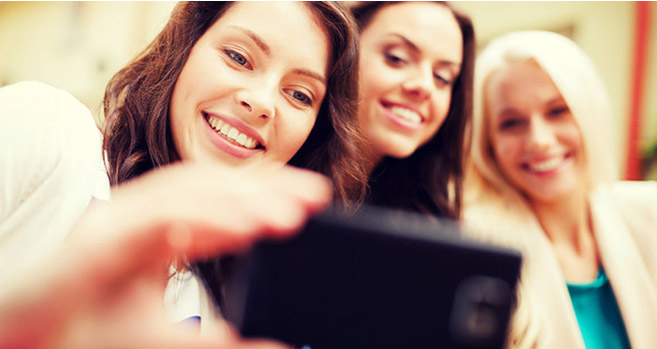In the early part of the 20th century, the expression “a picture is worth a thousand words” became popular as a way to describe the effectiveness graphics in advertising. A century later this statement is as true as ever, especially on social networks where the ongoing shift continues from text-based communication to photos, graphics, and video.
With this shift comes the desire to unlock the information contained within these formats. Image recognition technology is beginning to make serious inroads into analyzing the elements shown within photos and video.
The adoption of smartphones has put a digital camera and video recording device in the pockets of millions of people around the world, and believe me, they’re not afraid to use it.
People are uploading an estimated 500 million photos every day to social networks, with 350 million being posted each day to Facebook alone. It’s estimated that nearly half of these images are set to private, to be seen by friends only, however that still leaves millions of photos available to be analyzed by image recognition technology.
Photos are a form of personal expression, whether it’s an image of their friends, a delicious breakfast, a sleeping cat or the much maligned “selfie”. The elements within these photos can say a lot about the person who has shared it.
Companies such as Ditto Labs out of Cambridge, MA have introduced technology first developed by MIT-trained computer scientists to analyze images from Instagram that contain brand logos or products.
Ditto Labs’ technology creates metrics based on data from photos in much the same way as text-based social media monitoring tools scan tweets, forums and blog posts for keywords and brand mentions. Brands, such as Major League Baseball and Kraft are using this technology to help analyze and augment other data about how and where their products are being used.
The tool can be used to measure sentiment and identify brand advocates by trying to determining the mood of the people in the photo–is the person in the photo with my product smiling?
Another example is Jetpac, which analyzes the 60 million photos shared on Instagram every day to create travel guides. Its algorithms analyze the photos to identify everything from the gender and mood of the people in the image, to whether it shows food, coffee or pets. The visual information is supplemented by the description, hashtags and location data to create ratings for interesting locations and the type of people that go there.
We frequently ask members of our AskingCanadians panel to augment online survey data by capturing images of products, advertising and retail environments. Thanks to a mobile app, panelists can be prompted to capture an image of an experience triggered by events such as a purchase, time of day or a geo-defined target area.
The photos (as well as audio and video) combined with our deep profiling data provides an even richer collection of user feedback for our clients to draw insight from. Our team is continuing to collaborate on even more innovative ways to unlock and analyze the rich data contained within photos.
[Photo via 123RF dolgachov / 123RF Stock Photo]
